Cold Chain Logistics: Management Challenges & Solutions
The supply chain is a term used to describe all the components required to transport goods from beginning to end, from production to the end...
12 min read
 BUKU Marketing
:
Dec 28, 2022 9:43:30 AM
BUKU Marketing
:
Dec 28, 2022 9:43:30 AM
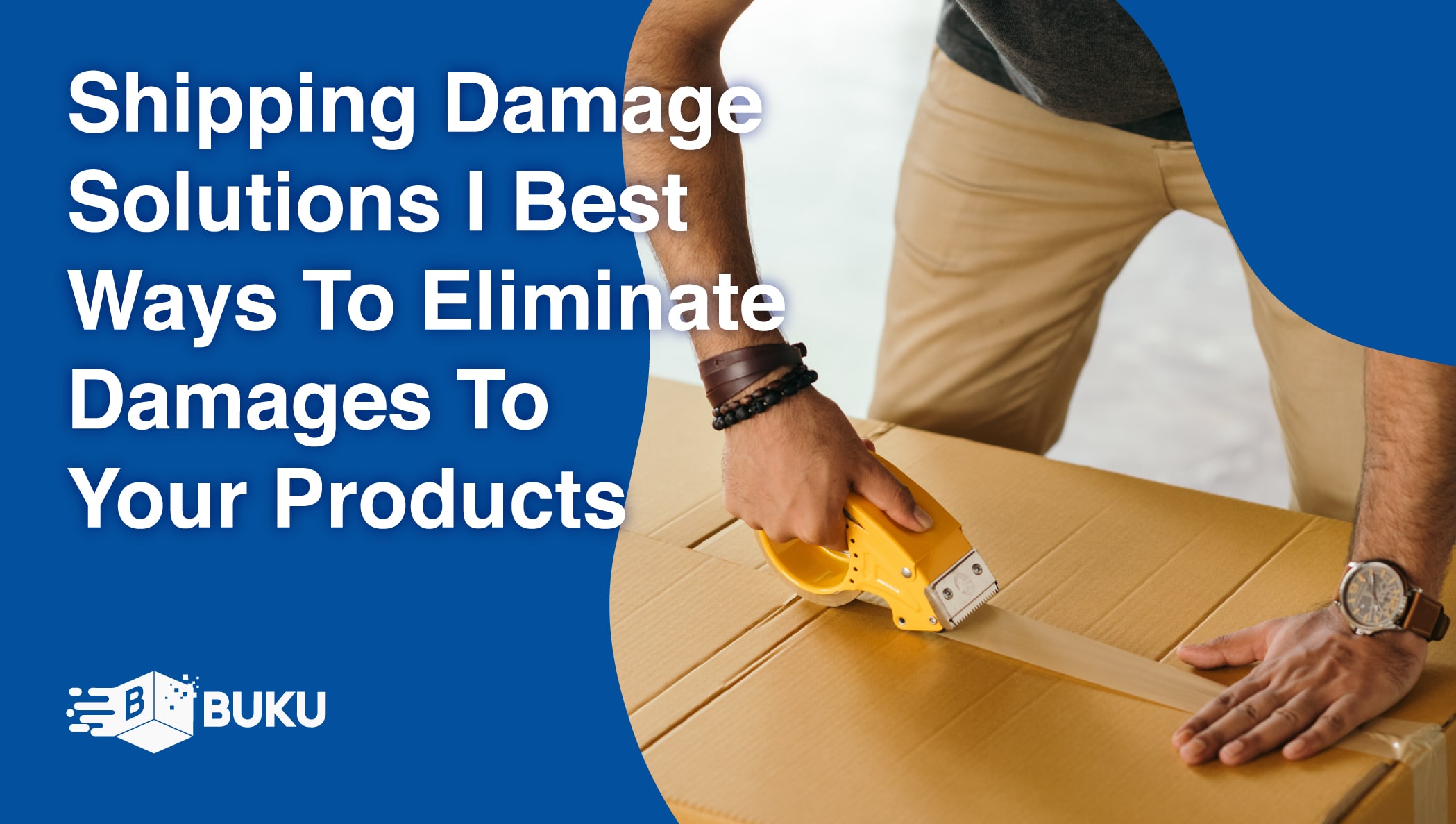
For online retailers, it's not just a matter of selling products to customers. You must also get those products to your customers in one piece.
Table of Contents
1) What Are The Common Causes Of Damaged Products?
2) Shipping Damage Solution #1 - Use Correct Packaging
3) Avoid Using Oversize Packages
4) Reduce The Risk Of Shipping Damage With Insurance
5) Prevent Water From Damaging Your Products
6) Fill Extra Space With Padding
7) Protect Fragile Items With Proper Shipping Labels
8) How To Avoid Damage When Shipping Large Items
9) Customer Received Damaged Product – Now What?
Shipping damage happens any time a package or item is damaged in some way before reaching a customer. It’s estimated that one in every ten items is damaged during shipping. For retailers counting every penny, the cost of replacing those damaged items and processing returns can take a bite out of profits. A damaged relationship with the customer is one of the highest costs to eCommerce stores.

This article will focus on the most common causes of shipping damage and offer simple solutions that can help reduce the number of damaged items that reach your customers.
Focusing on these shipping damage solutions can protect your profits and safeguard your company's reputation.

We've all seen videos online of package handlers recklessly tossing boxes onto someone's front porch. But it's not just careless delivery drivers who cause damage to items. Poor packing materials, moisture from the elements, and even the wrong size box can result in damaged deliveries. Let's look at some of the most common culprits.
Improper Handling – Trips from a fulfillment center or warehouse to your customer's home are not a straight path. Packages go through a series of transfers to reach their destination.
One study found that the average package is dropped around 17 times during transit. No matter how it happens, this kind of improper handling is unfortunately unavoidable.
Improperly Sized Box – If you ship a small item in a box that is too large, it increases the chance that the item will shift during transit. Too much space in a box means a higher likelihood of damage.
Incorrect Packing Materials – Cushioning materials protect items from damage caused by improper handling or unintentional shifting during the shipping process. If you use poor packing materials or insufficient packing materials, it could lead to damage.
Moisture Damage – Packages are at risk from moisture damage because of exposure to the elements, high humidity, or extreme temperatures. Even a package that spends an hour or two sitting at someone's doorstep could get caught in a sudden downpour.
Infestation – Consider the number of delivery vehicles and facilities a package must travel through along its journey. Damage from insects or pests can be severe and will undoubtedly result in unhappy customers.
Contamination – Exposure to harmful substances or when perishable items reach appropriate temperatures can lead to package contamination.
Lost or Stolen Items – While loss and theft don’t necessarily directly damage an item, it does prevent that item from reaching the customer. Loss and theft are other types of damage you have little control over, but you will still be left covering the costs of a lost or damaged package.

You will need to make several choices when deciding how to package your products for shipping. Those choices will have much to do with the percentage of deliveries damaged during shipping.
When choosing which packaging to use, you should consider the type of products you sell, their size and dimensions, and how fragile they are. Here are some of the most common types and our best advice on choosing the best option for your eCommerce business.
If you're thinking about saving costs by reusing packing boxes, think again. While it might seem a great way to save money and protect the environment, a reusable box loses about 60% of its strength.
This reused box leaves your products more susceptible to damage. The money saved on the price of a cardboard box is unlikely to outweigh the money lost on a damaged shipment.
Commonly called simply cardboard, a corrugated box is the most common choice for shipping. 95% of packages originating in North America are shipped in corrugated cardboard boxes.
The design of corrugated boxes offers increased durability and strength, and they come in various thicknesses, so you can choose one that's right for your products.
Paperboard boxes are foldable, lightweight boxes that you can customize to fit the size and shape of an item. Paperboard comes in various styles and thicknesses and is suitable for many different things depending on which type you choose.
Rigid boxes are made from condensed paperboard, which makes them thicker and more durable than standard paperboard boxes. These boxes are generally used for fragile or expensive items that require extra protection. They are also more costly because they are heavier and do not fold up when not in use.
The most significant benefit of plastic boxes is that they can be airtight, which makes them an excellent choice for consumable and perishable products. Plastic containers are also extremely sturdy and durable, reasonably lightweight, and come in various types.
Poly bags are great for lightweight items that need to be kept dry. They’re also super lightweight and inexpensive to ship. And they offer great flexibility because you can use them to send various items safely.
Foil-sealed bags are one of the best choices for smaller, perishable items. They protect products from contamination and help keep their temperature regulated. And because they’re vacuum sealed, they extend the shelf life of the products as well.
A simple envelope or bubble mailer might do the trick for products with minimal risk of shipping damage. They come in many shapes and sizes and can offer at least some protection from bumps and tumbles.
ALTERNATIVE OPTION
Working with a great 3PL can help ensure the correct packaging is used for your item and take the hassle off of you and your team.
Bigger isn't always better, and this is especially true in the shipping business. Large boxes cost more to ship, and when they're too big for the contents inside, they increase the chances that damage will occur in transit.
DHL, one of the world's largest and most prominent international shipping companies, found that the average shipping box is 40% too large for its contents.
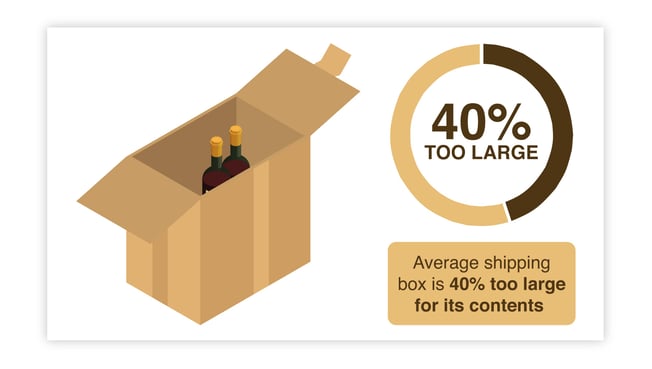
Companies may opt for oversized packages to save money on packaging costs, especially if they buy in bulk or have a mix of small and large products for sale.
Ecommerce retailers also opt for a bigger box because they believe that additional cushioning material reduces the risk of shipping damage.
However, a giant box and more cushioning don't equal a reduced risk of damage. It's much more economical for retailers to choose an appropriately sized package.
Here's why:
Insurance is an unavoidable cost of doing business. Ecommerce businesses can avoid some insurance costs that brick-and-mortar stores must pay for, such as property insurance. However, you can save time and money by investing those savings in parcel insurance instead.
Parcel insurance won't prevent shipping damage and won't deter packages from getting lost or stolen. Once a product is on its way to your customer, it's out of your hands. But what parcel insurance can do is protect your business from the cost of replacing damaged, lost, or stolen items.
When you ship an item, you will need to choose a carrier. Most shipping carriers will provide free insurance coverage for items up to $100.
You will be responsible for any dollar amount above that $100 threshold. If your products are high-value and typically fall above that $100 mark, then parcel insurance is highly recommended. If you want to learn more about parcel insurance reach out to BUKU.
Be aware that not all carriers offer the same coverage, and some items may have exclusions, so you will need to check the fine print to be sure. You may also want to check what the limitations are regarding international shipping if that’s something you plan to offer.
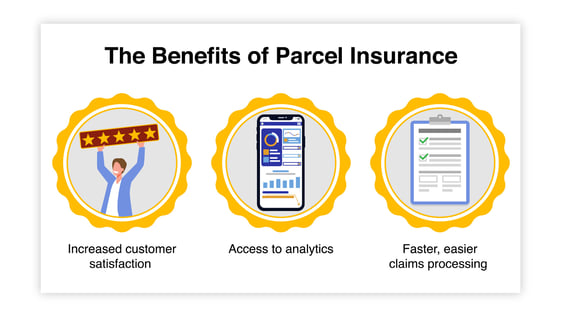
Aside from covering the cost of replacement items, parcel insurance provides numerous benefits, including:
Another factor that businesses cannot control is the weather. Inclement weather is a common cause of shipping damage. A customer is unlikely to care if the rain is to blame for their soggy, damaged item. All they will remember is that they ordered from you and ended up unsatisfied.
Rain, sleet, and snow are not the only ways moisture can seep into packages and damage the items inside. Delivery trucks are notoriously hot and humid, and exposure to these conditions for an extended period can result in moisture damage, mold, mildew, or worse.
If you want your products to arrive safe and dry, you will need to take precautions against moisture damage.
Corrugated boxes are the most used packaging material for many reasons: they are water resistant. The thicker the cardboard, the sturdier it will be – even when wet. Also, we offer another reminder that new boxes are more structurally sound than reused ones.
You can fill boxes with moisture-resistant polystyrene beads to protect items from moisture damage. Other waterproof packing materials like air pillows, bubble wrap, and foam inserts are also helpful because they protect the items from damage without retaining moisture.
Add packing materials to the bottom of the box as well to prevent damage from water that might seep in from the bottom.
Adhesive tape does more than keep a box closed. When you choose a water-activated, heavy-duty adhesive tape, it creates a super strong seal which helps ensure that the packing box is sealed shut and protected from moisture and the elements.
You can tape the interior and exterior seams of the box as well for added protection.
Securing items in a zipper bag before placing them in the box will add an extra layer of protection. Even if water gets to the box, the items inside remain dry.

Adding cushioning or padding materials to the box is one of the best ways to protect items from shipping damage caused by improper handling. Padding materials protect your products from exterior damage caused by drops, vibrations, or shifting during transit.
There are a wide variety of choices when it comes to padding material. Consider an item's size, shape, and fragility to choose the best type. Some of the most common are listed below.
Paper is one of the most economical choices for padding items during shipping. You can use it to wrap items to protect them from scratches and dings or to fill the space in the box. Paper is versatile and comes in a variety of colors and thicknesses.
Polyfoam provides more protection than plain paper padding and comes in various thicknesses. Wrapping an item in poly foam can help protect it from physical damage during shipping. Plus, it's waterproof, so it provides some protection against moisture.
You can use bubble wrap to protect fragile items from physical damage, but it also protects against moisture. Bubble wrap also won't retain water, preventing mold and mildew from building up.
A corrugated wrap is a mix between paper and corrugated cardboard. It provides cushioning and is often used to protect fragile items packed in the same box. However, it is stiffer than paper or poly foam, so it might not be the best choice for things that have irregular shapes.
Packing peanuts are familiar to most people. They provide shock resistance and cushioning for items of almost any shape or size. You can use them to fill the space in the box for extra protection. The downside of packing peanuts is that they are messy and not very environmentally friendly.
Air pillows are swiftly replacing packing peanuts as the padding material of choice because they are economical, easy to work with, and lightweight.
They come in various shapes and sizes and provide a cushion of air that protects items from exterior damage and shifting during transit. Plus, they're waterproof and don't retain moisture.
Moldable foam inserts are one of the best ways to protect items during transit. Foam inserts are molded to match the specific dimensions of an item, so they are great for oddly shaped items.
Paper padding is an environmentally friendly alternative to foam inserts. It is created by molding paper into thick, durable pads that protect against physical damage during transit.
Preventing shipping damage is hard, but protecting exceptionally delicate or fragile items during shipping takes extra consideration. These items are made from easily breakable materials or susceptible to vibration damage.
If you deal in fragile items, replacing damaged deliveries can quickly become overwhelming if you fail to take the proper precautions.
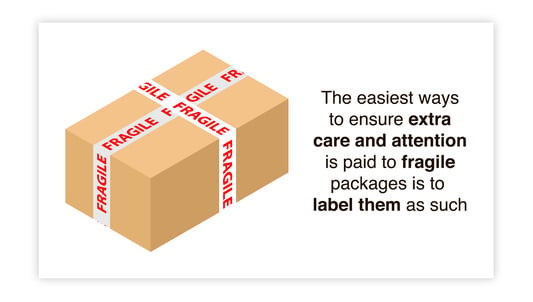
Label boxes with arrows and the words "this side up" to let workers and carriers know when a package must remain upright. Put this warning on all sides of the box if necessary, and make it large enough to be easily noticed.
When dealing with fragile products, you should take the extra time to communicate that with anyone who needs to know. This communication includes fulfillment centers, warehouses, or carriers handling your shipments.
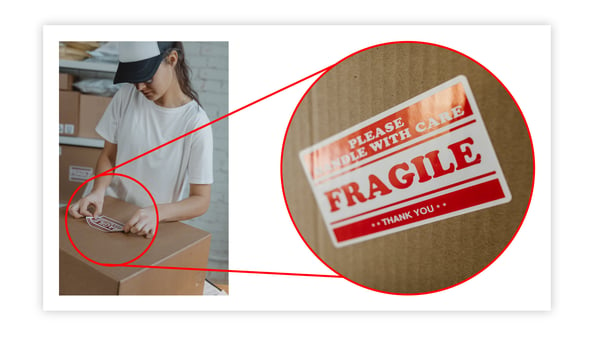
One of the easiest ways to ensure extra care and attention is paid to fragile packages is to label them as such. Placing a fragile label, or several, on the outside of the box lets delivery drivers and warehouse workers know that the contents of that package require careful handling.
These handy devices attach to the outside of a box and will alert you if a package was mishandled. These can be useful because they pinpoint exactly how and where packages are damaged, which can help prevent similar issues in the future. Plus, they can prevent damaged items from reaching customers.

We've covered the basics of protecting items from shipping damage by choosing the right-sized box and the best padding materials. But what if you need to ship something larger than most items? More oversized items are not only harder to ship safely but are most likely more expensive as well.
Large, bulky, or oddly shaped items have a greater risk of damage during transit and require additional attention during packing. And because they’re heavier and larger, they come with higher shipping costs. So, you will need to find a way to ship large items successfully and at an affordable price.
Here are some tips on how to make it work:
Some larger objects can be broken down into pieces and assembled upon delivery. This breaking down into parts can save space and allow you to use a smaller box, saving money on shipping costs.
Many large products have multiple items that must ship together. But that doesn’t mean all those pieces need to be in the same box. Split the pieces into separate packages so you can pack them more efficiently. One large, heavy box will likely cost more to ship than several smaller, lighter boxes.
Larger, heavy boxes might require forklifts or additional equipment to lift, which could result in damage. Choose sturdy, reinforced boxes stitched or stapled at the seams rather than glued for extra support. For added protection, you can pack the box inside a second box and fill the space between with padding.
Large items will require additional padding to prevent damage. Molded foam inserts and corrugated cardboard are the best choices because they can be engineered to match the item's dimensions.
It’s an unhappy scenario, but it’s bound to happen eventually. No matter how many precautions you take and how much care you put into your packaging choices, some items will experience shipping damage before reaching their destination.
You must act quickly if you want to keep customers happy, even after an unsatisfactory experience. Otherwise, you risk unresolvable damage to the customer relationship and your business’s reputation.
The first and most important thing you must understand is that items that do not reach their destination as promised are your responsibility. You promised customers they would receive what they paid for, and you need to uphold that promise, even if you’re not specifically to blame for the damaged goods.

You should reach out as soon as a customer informs you that a product is damaged or missing. You have several options for dealing with a customer claim, including offering a full refund or reshipment of a replacement item without requiring the customer to return the damaged product.
You could also ask the customer to return the item to get their refund, but choosing this option is likely to lead to some disgruntled customers and end up with lost business in the future.
However, allowing the customer to keep the item saves you money on return shipping and means you don't have to handle disposing of a damaged item.
Making it right sometimes means more than simply sending a replacement item or offering a refund. If you want to lessen the chances of losing a customer because of a negative experience, it might be worth it to incentivize their loyalty.
You could offer a discount on their next purchase or some other form of savings or loyalty bonus. This saving will give that customer a reason to return and leave them with a positive association instead of a negative one.
Dealing with shipping damage is a struggle that all eCommerce businesses will face at some point. If you want to build a successful business, gain loyal customers, and build your brand’s reputation, then it’s an issue that should demand your attention.
There are many ways you can reduce the percentage of packages that are damaged during shipping. Choosing a new box instead of reusing boxes minimizes the risk of physical damage to items during transit.
Ensuring you use the right size, type of box, and suitable padding materials helps protect your items and save you a significant amount of money on shipping costs.
Make sure you take extra care to label fragile items. Break large items into smaller pieces and ship them in separate boxes whenever possible. Consider parcel insurance, so you’re not left holding the bill when high-dollar items are damaged or go missing.
Most importantly, take care of your customers. Shipping damage is bound to happen, and chances are it will not be your fault. However, it’s not the fault of your customers either. Remember that their satisfaction is the most important thing, and success will be much easier to attain with their help.

The supply chain is a term used to describe all the components required to transport goods from beginning to end, from production to the end...
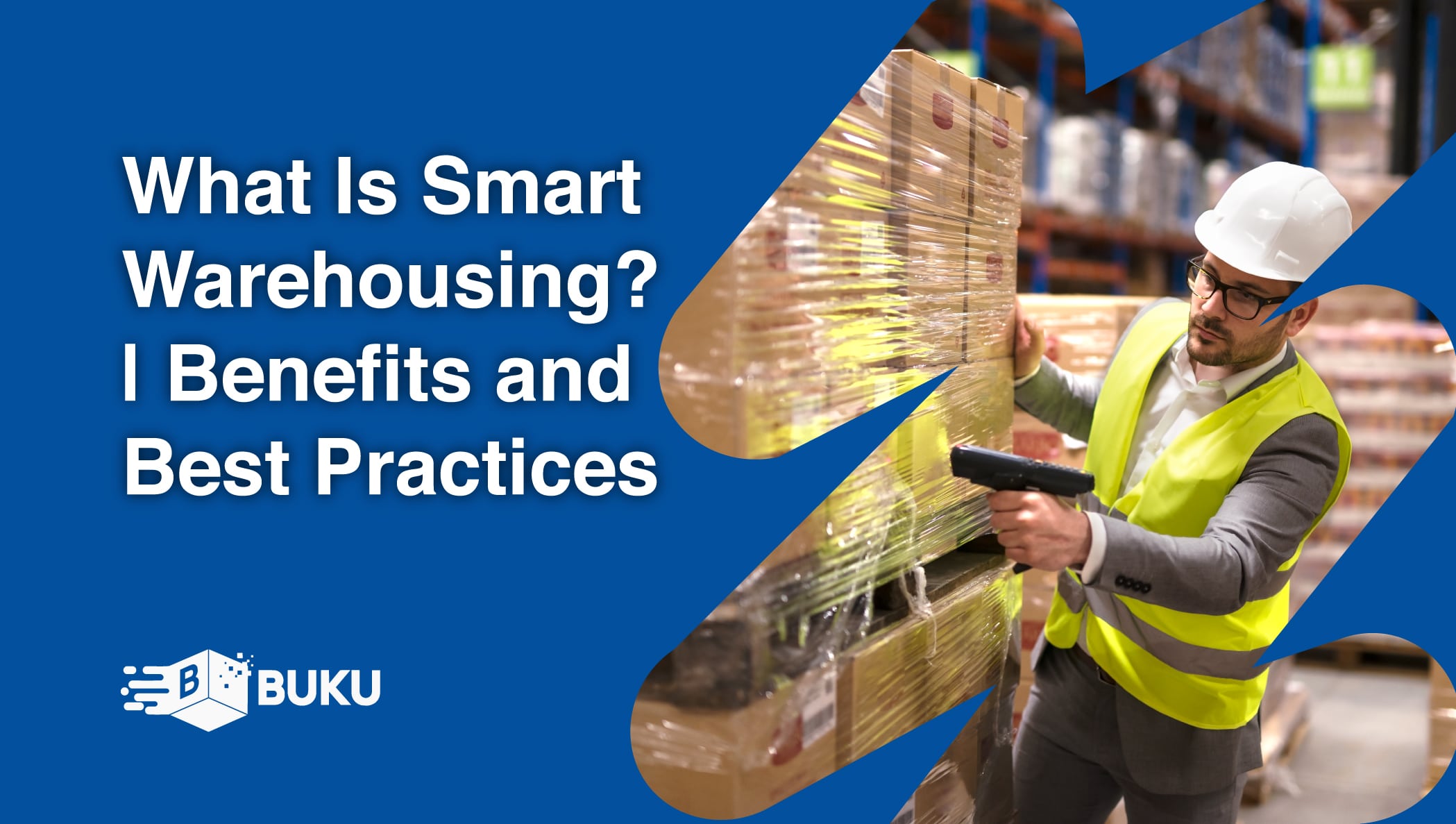
A smart warehouse is a large building where raw materials and other consumer goods are stored using machines, computers, comprehensive software, and...
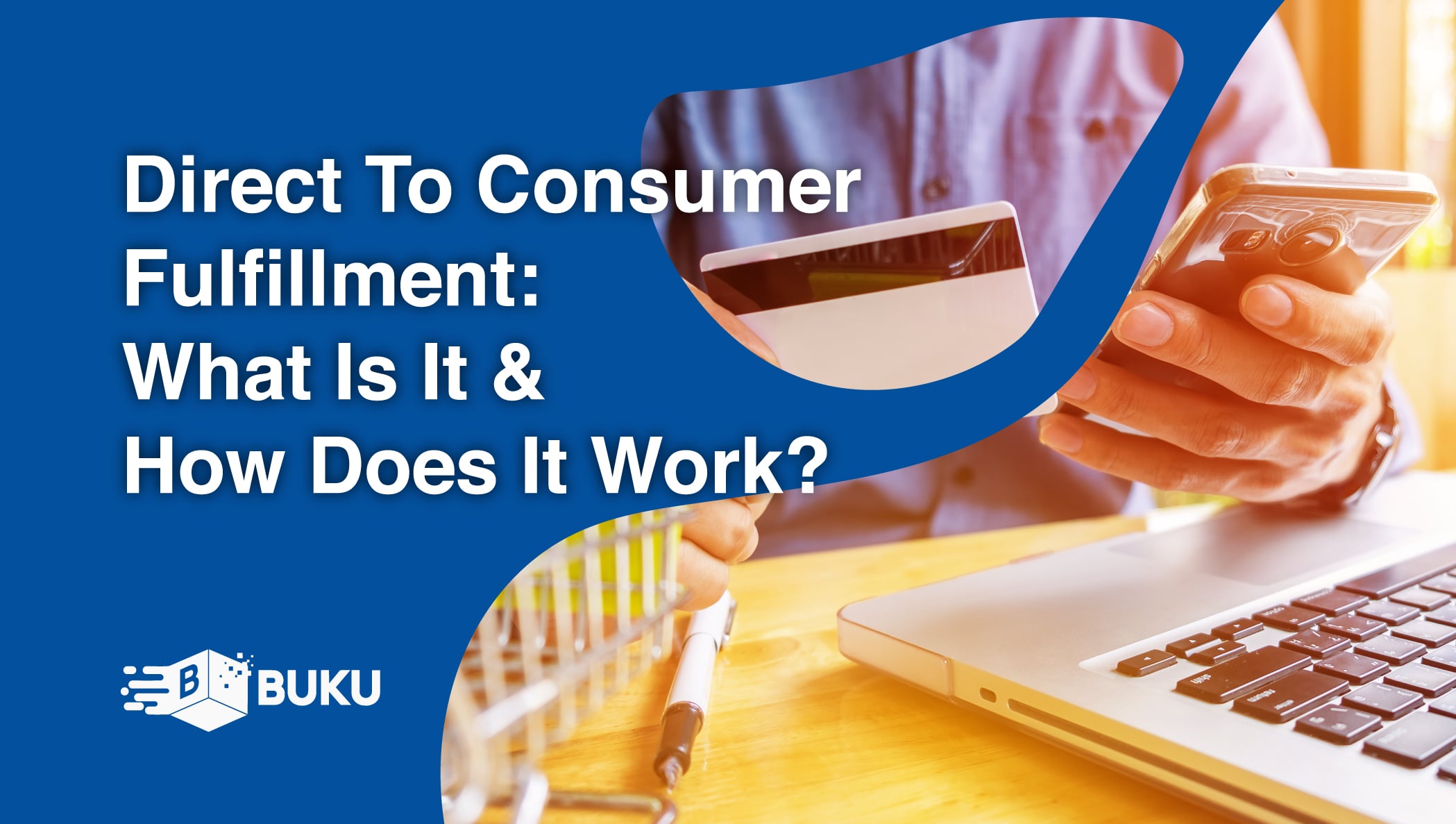
Direct-to-consumer (DTC) fulfillment is a strategy that helps brands sell and deliver their products directly to customers more efficiently while...